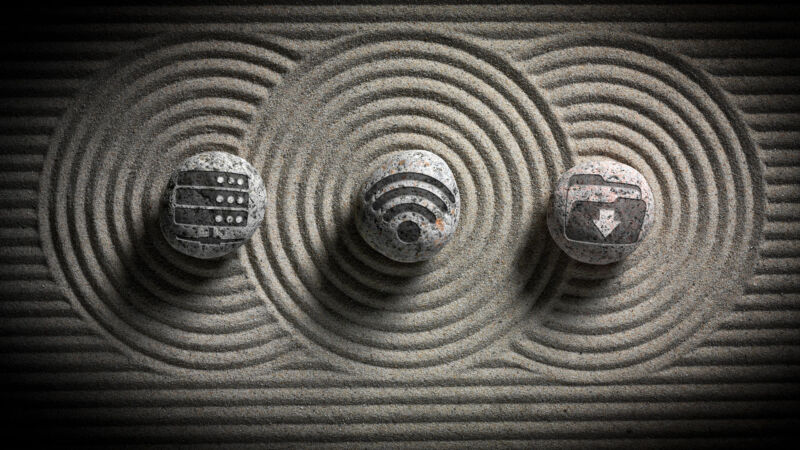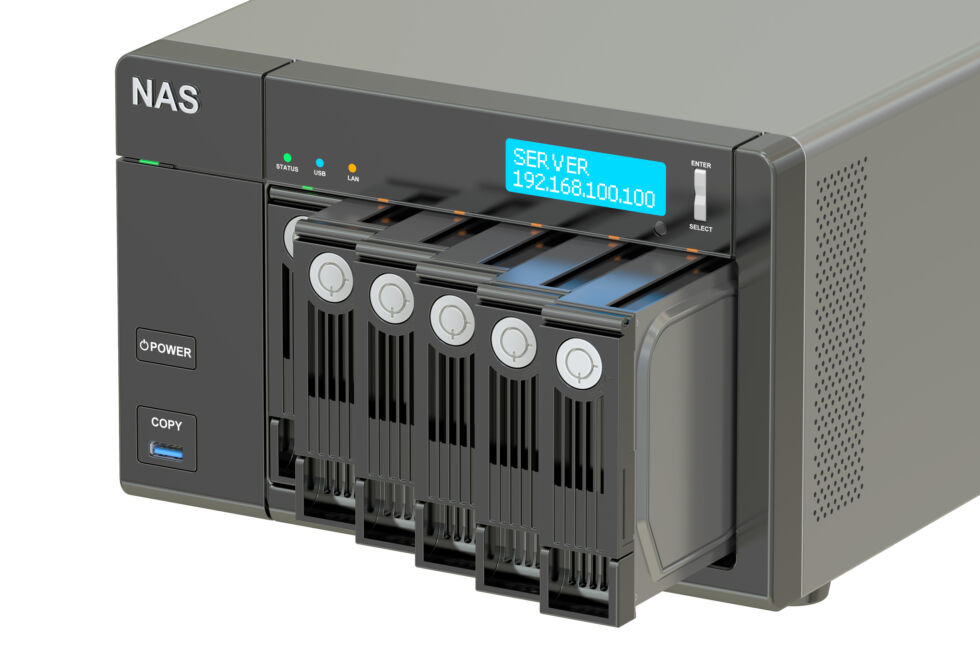
reader comments
143 with 82 posters participating
Home offices have gotten a lot of attention over the last couple of years. When offices all over the world shut down at the beginning of the pandemic, we were all reminded how important it is to have a consistent, comfortable workspace with all the tools and tech you need to work successfully. But what’s next?
If you hastily created your home office during the pandemic, there are likely some luxuries you overlooked (or weren’t able to find in stock). If you’ve shifted to hybrid working, where you sometimes work remotely and sometimes go to an office, some home office upgrades could help ensure you’re always productive, regardless of where you’re working from. Long-standing home offices, meanwhile, also deserve some fresh hacks to keep up with your evolving needs.
If you’re ready to graduate to the next level of home office-ing, take a look at these eight pieces of tech we recommend for elevating your workspace. Today we’re focusing on general ideas rather than specific products.
Your own router

Deciding whether to rent or own is often a complex decision, but it’s simpler when it comes to your home router. If you have a permanent home office, it makes sense to buy your own router. You’ll save money over the long term, and you’ll actually own the hardware rather than paying monthly fees to your Internet service provider to borrow one. Buying your own means you’ll no longer be able to rely on your ISP to help with hardware issues, however.
When you invest in your own Wi-Fi router, you take control over the features you get. Make sure to get a router equipped to handle your max speeds and one with the bandwidth to support the computers, smartphones, tablets, smart bulbs, and everything else tapping into your home’s Wi-Fi network.
If you have a more demanding use case, like a highly connected smart home with a lot of members, a large home with dead zones, or a computer that does a lot of high-res game livestreaming, you may want some advanced features that you won’t see in a basic router/Wi-Fi combo device. A mesh system, for example, helps extend coverage across a widespread area. There are also more complex enterprise-lite Wi-Fi setups if you want to dive into truly powerful Wi-Fi setups.

Cloud storage services like Google Drive and Dropbox are convenient, but they come with storage caps, subscription fees, and that icky feeling of sharing your data with or providing a license to a third party.
With a network-attached storage (NAS) device that supports remote access, you can view your files on the web, whether you’re working remotely or in person at the office. You don’t need to remotely access a computer that you may or may not have left on. And only you—not Google or anyone else—have control over the data.
Even a NAS that doesn’t support remote access can add convenience to your home office. As a one-stop hub for the files in your home, a NAS drive can function as a media server, so every device and person connected to your network can check out the spreadsheet you made, movies you’ve purchased, or photos from the last family vacation without having to send files or storage hardware around. Just remember that with most consumer-grade NAS devices, access isn’t as speedy as local storage, so you might want to avoid using your NAS for things like high-res video editing—or cough up the big bucks for something really fast.
If you have sensitive files you can’t afford to lose, a NAS device with some basic redundancy can help you feel safer than simply using an external hard drive or SSD, although those are typically more portable. You can rack up a massive amount of storage by adding multiple SSDs or hard drives to the NAS drive bays.
(Keep in mind, though, the axiom that “RAID is not a backup.” Having a NAS with redundant disks will keep your data accessible in the event of a failure, but it won’t save you if someone breaks into your home and steals the NAS or if your home burns down. Make sure you’re making off-site backup copies of any truly irreplaceable data!)





